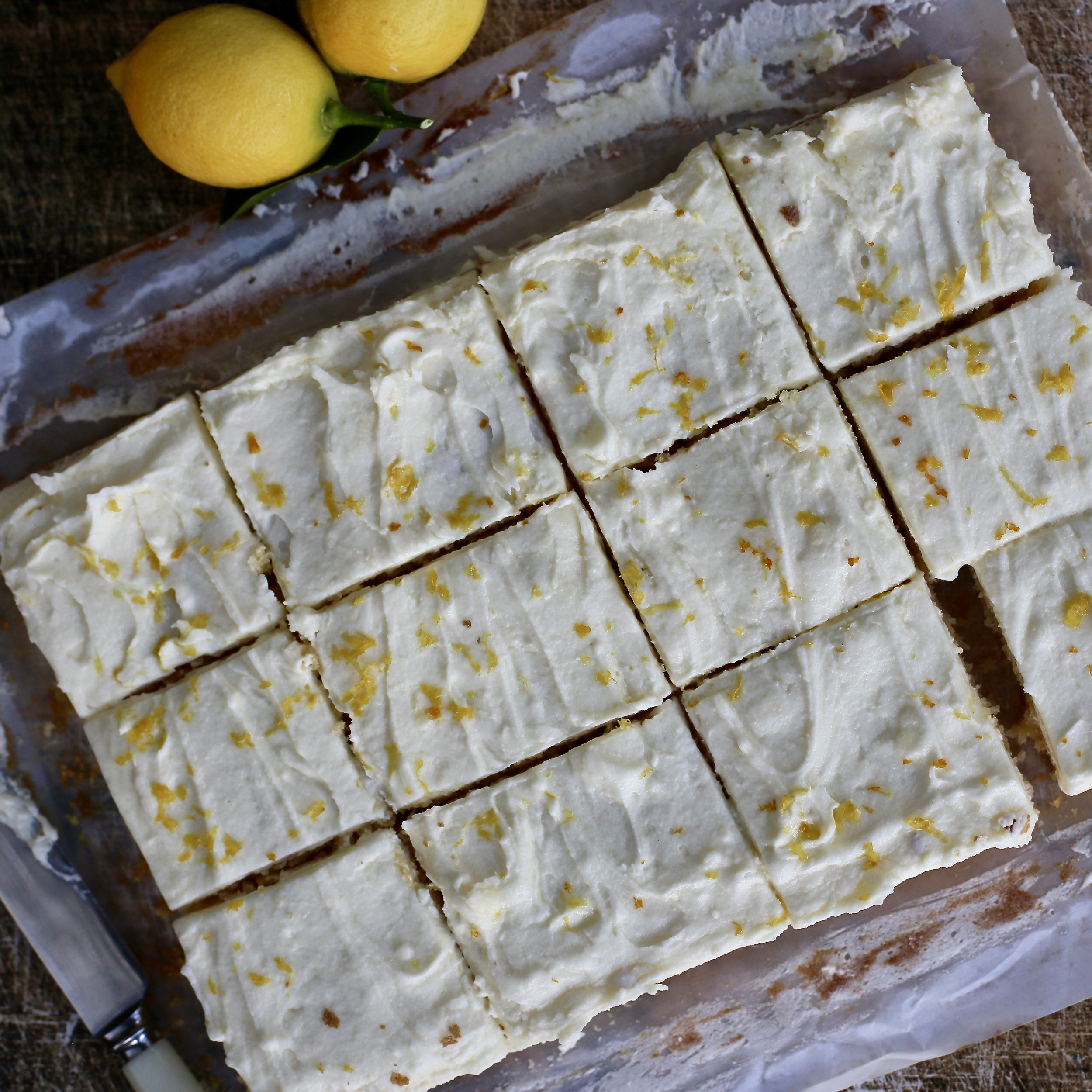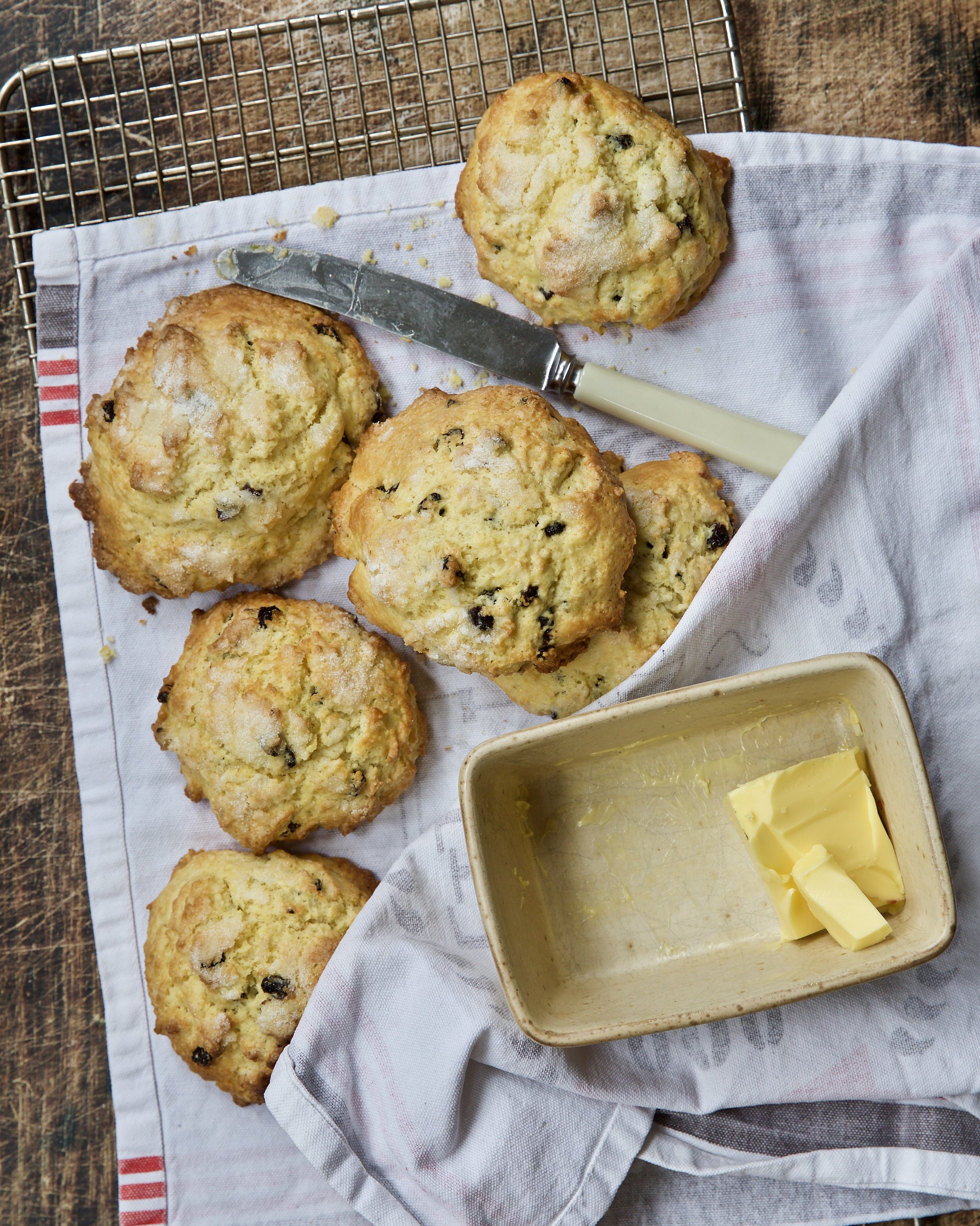TIPS ON BAKING
Tips for baking
· Ingredients must be measured exactly
· The order in which ingredients are combined, must be correct
Baking terms
Rubbing in – this describes the process of blending the fat and flour to get a sandy mixture for short and sweet pastry.
Relaxing or resting (pastry) – leaving short and sweet pastry in a cool place before and after rolling. This gives the starch in the flour time to absorb the liquids more evenly. It also helps the fat firm up so the pastry keeps a better texture, shape and cuts more easily, and shrinks less when cooking.
Creaming - the fat and sugar are beaten together until they make a light, fluffy, creamy mixture
Whisking – the eggs and sugar are whisked (sometimes over hot water) until they become light and creamy, and doubled in volume
Folding – gently folding dry ingredients into wet with a folding and cutting motion.
Greasing – preparing the baking container
Glazing – scones can be brushed with egg wash before cooking, to produce a golden finish after cooking.


